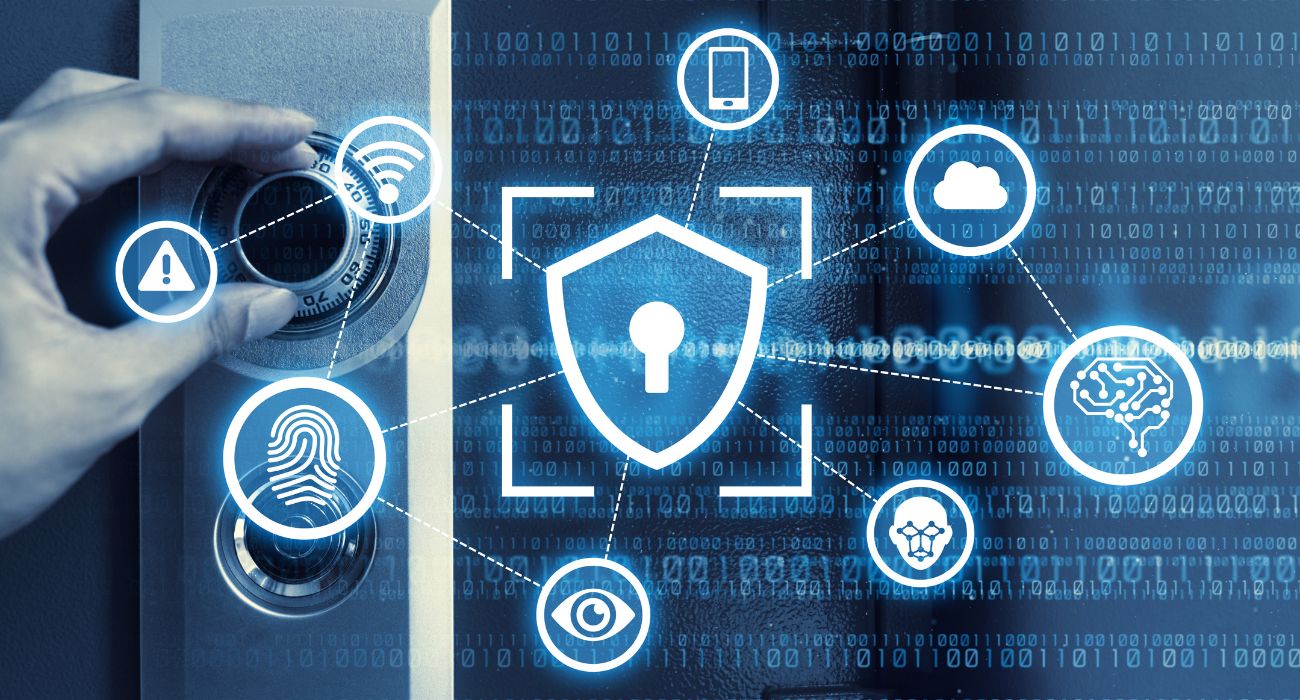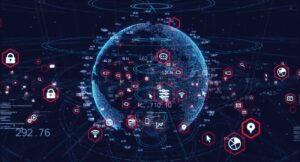

Robert Flores
CEO | CIO | CISO and Board Advisor with a passion for Protecting Private Equity Investments from Ransomware and Data Breaches
Navigating Cybersecurity Challenges in Private Equity
Private Equity (PE) firms operate in a fast-paced, high-stakes environment where strategic investments and rapid execution are key to success. However, cybersecurity remains a critical challenge, especially during mergers and acquisitions (M&A), where vulnerabilities can be exploited by cyber threats.
Key Challenges in IT & Cybersecurity for PE Firms:
- Strategic IT Alignment Post-Acquisition: IT leaders are brought in to align the newly acquired company’s technology infrastructure with the overarching business strategy.
- Cyber Risks in M&A: Threat actors often exploit security gaps during transitions, making cybersecurity a top priority.
- The First 100 Days: This period is crucial for implementing quick wins, optimizing IT operations, and renegotiating vendor contracts to enhance security and efficiency.
Cybersecurity Threats & Risk Mitigation
With increasing ransomware attacks and cyber threats, companies must take a proactive approach to cybersecurity.

The Future of Drug Development: AI-Driven Trials
luca Emili
Essential Risk Mitigation Strategies:
- Disaster Recovery (DR) & Business Continuity Planning (BCP): Organizations must establish strong DR and BCP frameworks to mitigate the risk of paying ransom.
- Multi-Cloud & Multi-Tenant Environments: Leveraging diverse cloud architectures can enhance resilience against cyber threats.
- Post-Attack Forensic Analysis: Risk assessments and forensic investigations are essential for identifying vulnerabilities and strengthening defences.
Technology’s Role in Business Growth
IT is no longer just a support function—it is a key enabler of business growth. Companies must leverage technology to drive efficiency and innovation.
How IT Leaders Can Drive Growth:
- Automation & AI-Driven Solutions: AI and RPA can streamline operations, optimize workflows, and reduce costs.
- CRM Implementation: Tools like Salesforce and Dynamics improve customer engagement and operational efficiency.
- Evolving Cybersecurity Strategies: Continuous adaptation to emerging cyber threats is essential for long-term resilience.

Robert Jones’ Perspective on AI in Cybersecurity
Artificial Intelligence (AI) is transforming cybersecurity, offering new opportunities and challenges. Robert shares his insights on AI’s role in security operations.
Advantages of AI in Cybersecurity:
- Proactive Threat Detection: AI analyses vast datasets to identify anomalies and predict cyber threats before they escalate.
- Automated Incident Response: AI-powered systems react faster than human teams, minimizing damage.
- Cost Reduction & Efficiency: AI reduces manual efforts in security monitoring, allowing experts to focus on high-priority issues.
- Scalability: AI-driven solutions can adapt to growing organizations and evolving threats.
Callenges & Risks of AI in Cybersecurity:
- AI Can Be Weaponized by Hackers: Cybercriminals can exploit AI to find and attack system vulnerabilities.
- False Positives & BiasesAI models may misidentify threats, leading to unnecessary disruptions.
- Lack of ExplainabilityAI’s decision-making process can be opaque, making it difficult for security teams to trust its actions.
- Data Dependency: AI’s effectiveness relies on high-quality training data, which can be challenging to maintain.
Conclusion: A Balanced Approach to AI in Cybersecurity
I emphasize that while AI is a powerful tool for cybersecurity, it must be implemented responsibly. Organizations should adopt a hybrid approach—leveraging AI for automation while retaining human oversight for critical decision-making. By integrating AI-powered security with expert-driven strategies, companies can build a more resilient and secure IT infrastructure, ready to tackle the evolving cyber threat landscape.
Stay Ahead with Thought Leadership at Avenir Digital Inc., we collaborate with industry experts like Robert Jones to bring you the latest insights in cybersecurity, AI, and digital transformation. Stay tuned for more expert perspectives and strategies to navigate today’s complex technological landscape













